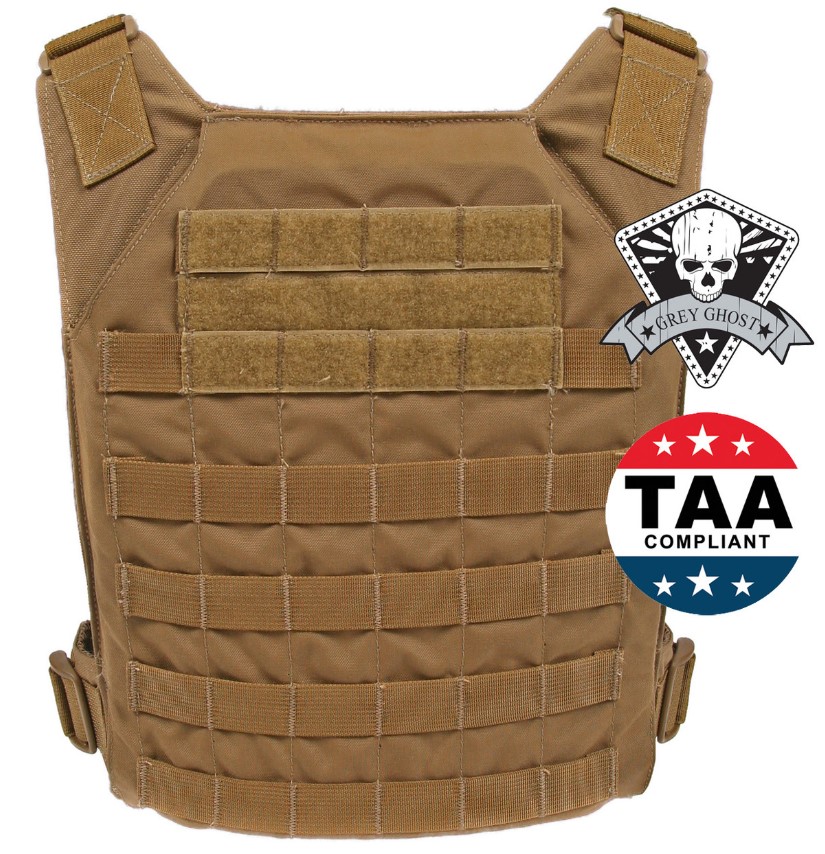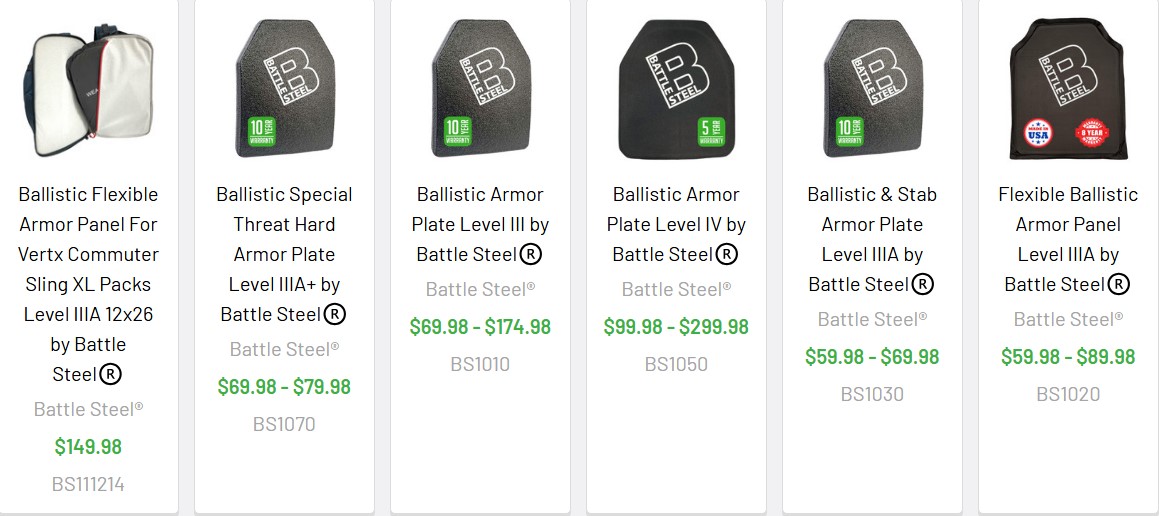Plate Carrier VS. Tactical Vest. Are They Different?
Plate Carrier VS. Tactical Vest. Are They Different?
Plate carriers are designed for tactical use, offering high-level protection by accommodating ballistic plates. Typically made from durable materials like nylon or Cordura, they are built to withstand harsh environments while providing essential body armor. These carriers are ideal for military and law enforcement professionals, offering customizable options for plate sizes and configurations.
Specifications of Plate Carriers:
- Material: Heavy-duty fabrics like nylon, Cordura, or polyester, offering durability and resistance.
- Protection: Designed to hold Level III or IV ballistic plates for maximum protection against high-velocity rounds.
- Customization: Modular systems with MOLLE webbing for adding pouches, holsters, and other accessories.
- Adjustability: Fully adjustable straps to accommodate different body types and ensure a secure fit.
Pros:
- Superior protection against ballistic threats.
- Customizable for different missions with modular design.
- Provides a higher level of comfort and fit with adjustable straps.
Cons:
- Heavier than tactical vests, limiting mobility.
- More expensive due to the inclusion of ballistic protection.
- Can be overbuilt for non-combat scenarios, adding unnecessary bulk.
Tactical Vests: Versatile and Lightweight
Tactical vests are versatile pieces of equipment primarily designed for carrying gear and providing basic protection. They are lightweight, offering greater mobility compared to plate carriers, making them ideal for activities like airsoft or non-combat operations. Unlike plate carriers, tactical vests typically do not hold ballistic plates but offer a high level of utility for carrying tools, radios, and other equipment.
Specifications of Tactical Vests:
- Material: Lightweight materials like nylon or mesh for improved breathability.
- Protection: Generally provides minimal protection, sometimes using soft armor or padded inserts.
- Pockets & Pouches: Extensive MOLLE webbing and pockets for gear storage.
- Fit & Comfort: Usually features breathable panels for ventilation and comfort during prolonged use.
Pros:
- Lighter and more comfortable for long-term wear.
- More affordable than plate carriers due to lack of ballistic plates.
- Better suited for carrying accessories and equipment.
Cons:
- Offers minimal protection compared to plate carriers.
- Not suitable for high-risk environments where ballistic protection is necessary.
- Less customizable for defense-specific needs.
Plate Carrier vs. Tactical Vest
| Feature | Plate Carrier | Tactical Vest |
|---|---|---|
| Protection | High (holds ballistic plates) | Low to moderate (soft armor) |
| Weight | Heavier, depending on plate size | Lighter and more breathable |
| Customization | Highly customizable (MOLLE system) | Moderate customization options |
| Comfort | Less comfortable due to weight | More comfortable for prolonged wear |
| Suitability | Ideal for combat situations | Best for training or non-combat |
| Price | More expensive due to plates | More affordable |
Expert Advice on Choosing Between Plate Carriers and Tactical Vests
When choosing between a plate carrier and a tactical vest, experts recommend assessing your needs. If you're in a high-risk environment where ballistic protection is essential, a plate carrier is the better choice. It provides superior defense and can be tailored for various protection levels.
For those involved in non-combat operations or looking for a lighter alternative, tactical vests are often more suitable. They offer flexibility in carrying gear without the added weight of ballistic protection.
Both options have their place depending on the activity, mission, or personal preferences, but understanding the differences will ensure you're properly equipped for the task at hand.
This enhanced article includes in-depth specifications, pros and cons, and expert advice, making it easier to choose between these two essential tactical products.
Recent Posts
-
Understanding Ballistic Shield Ratings and Their Applications
The Trusted Name in Tactical Defense - BattleSteel® When it comes to protecting those who protec …2025-04-19 -
The Importance of Hearing Protection in Tactical Environments
The Legacy of BattleSteel® BattleSteel® is a trusted name in the world of tactical defense e …2025-04-14 -
How to Properly Fit and Wear a Plate Carrier
About BattleSteel and Their Mission BattleSteel is a trusted name in the tactical gear industry, ren …2025-04-11




